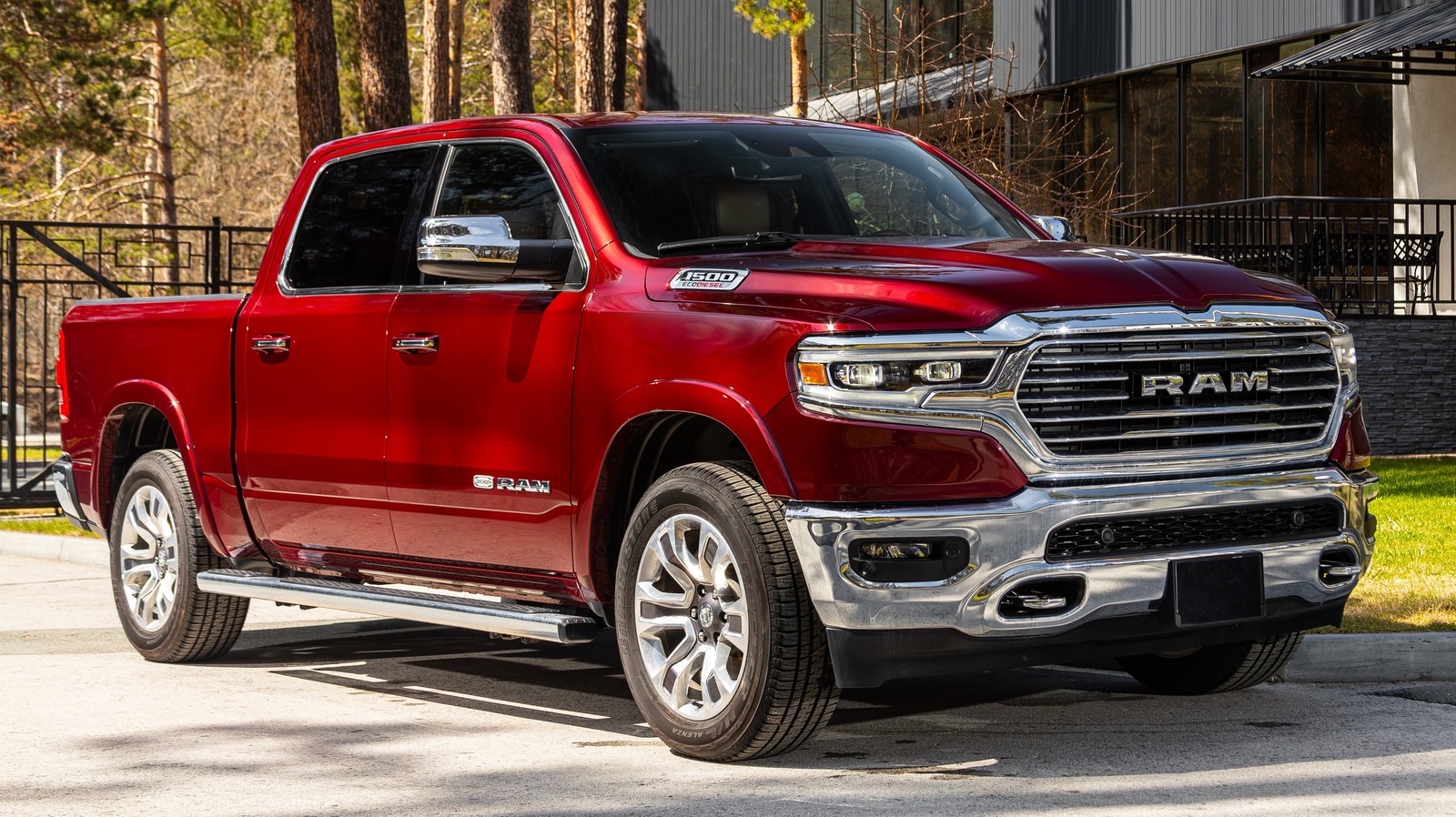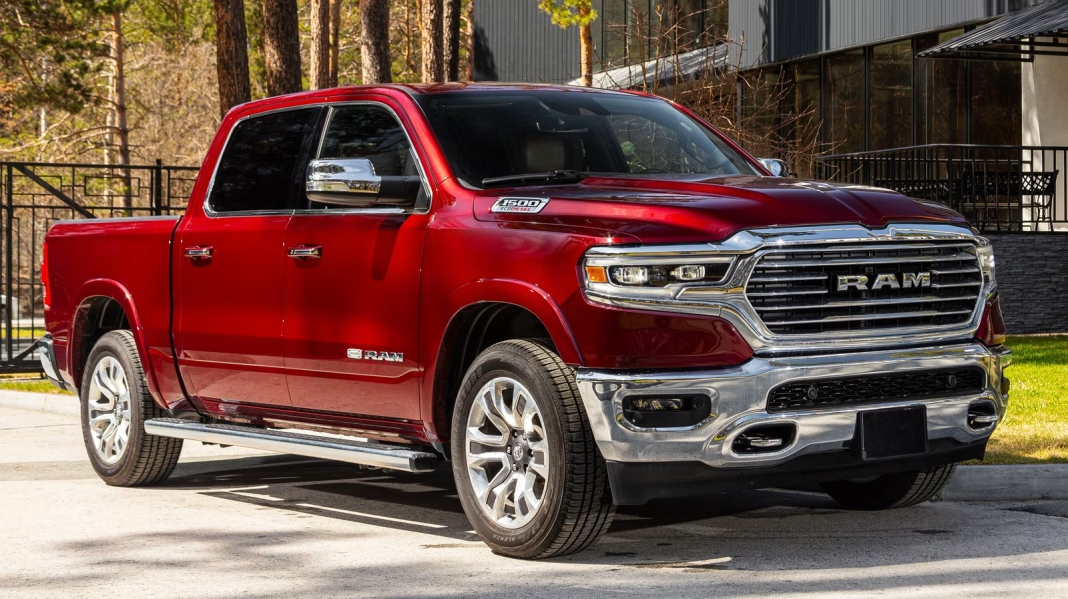Ram and Dodge: The Split That Changed the Game
If you’ve been following the automotive world, you might have noticed that Ram and Dodge are no longer the same entity. Once intertwined under the Dodge umbrella, Ram has carved out its own identity in the truck market. So, what led to this split, and what does the future hold for these two iconic brands? Let’s dive in.
The Birth of Ram as a Standalone Brand
Ram’s journey began in the 1980s when it was introduced as a line of trucks under the Dodge name. Over the years, it gained a reputation for durability and performance, especially among those who needed a reliable workhorse. However, as consumer preferences shifted and the truck market evolved, it became clear that Ram had the potential to thrive independently.
In 2009, during the financial crisis, Chrysler underwent a significant restructuring. This was a pivotal moment for Ram. The company decided to separate Ram from Dodge, allowing it to focus exclusively on trucks and commercial vehicles. This strategic move was not just about branding; it was about recognizing the unique needs of truck enthusiasts and the growing demand for specialized vehicles.
Why the Split Made Sense
The decision to split Ram from Dodge was rooted in market dynamics. Dodge had a diverse lineup that included cars, SUVs, and performance vehicles, but Ram’s focus on trucks allowed it to target a specific audience more effectively. By creating a distinct brand identity, Ram could hone in on the needs of truck buyers, from weekend warriors to fleet managers.
This separation also allowed Dodge to concentrate on its performance-oriented vehicles, like the Charger and Challenger. Each brand could now develop its own marketing strategies and product lines without the constraints of a shared identity. This clarity has helped both brands flourish in their respective markets.
What’s Next for Ram and Dodge?
Looking ahead, both brands are poised for exciting developments. Ram has been making waves with its innovative features, such as the introduction of the Ram 1500 TRX, which boasts a supercharged V8 engine and off-road capabilities that thrill enthusiasts. The brand is also investing in electric vehicle technology, aiming to compete in the growing EV truck market. With the rising popularity of electric trucks, Ram is set to launch its first all-electric model, which could redefine what consumers expect from a pickup.
On the other hand, Dodge is doubling down on its performance heritage. With a focus on muscle cars and high-performance vehicles, Dodge is not just maintaining its legacy; it’s enhancing it. The brand has teased plans for electrification, too, promising that future models will combine power with efficiency, appealing to a new generation of car enthusiasts.
The Big Picture: A Bright Future for Both Brands
The separation of Ram and Dodge has allowed both brands to thrive in their own right. Ram has established itself as a leader in the truck market, while Dodge continues to cater to performance lovers. This strategic split has not only clarified their identities but has also set the stage for innovation and growth.
The big takeaway? The split isn’t about perfection—it’s about smarter adjustments. Start with one change this week, and you’ll likely spot the difference by month’s end. Whether you’re a truck enthusiast or a muscle car aficionado, there’s plenty to look forward to from both Ram and Dodge in the coming years.


